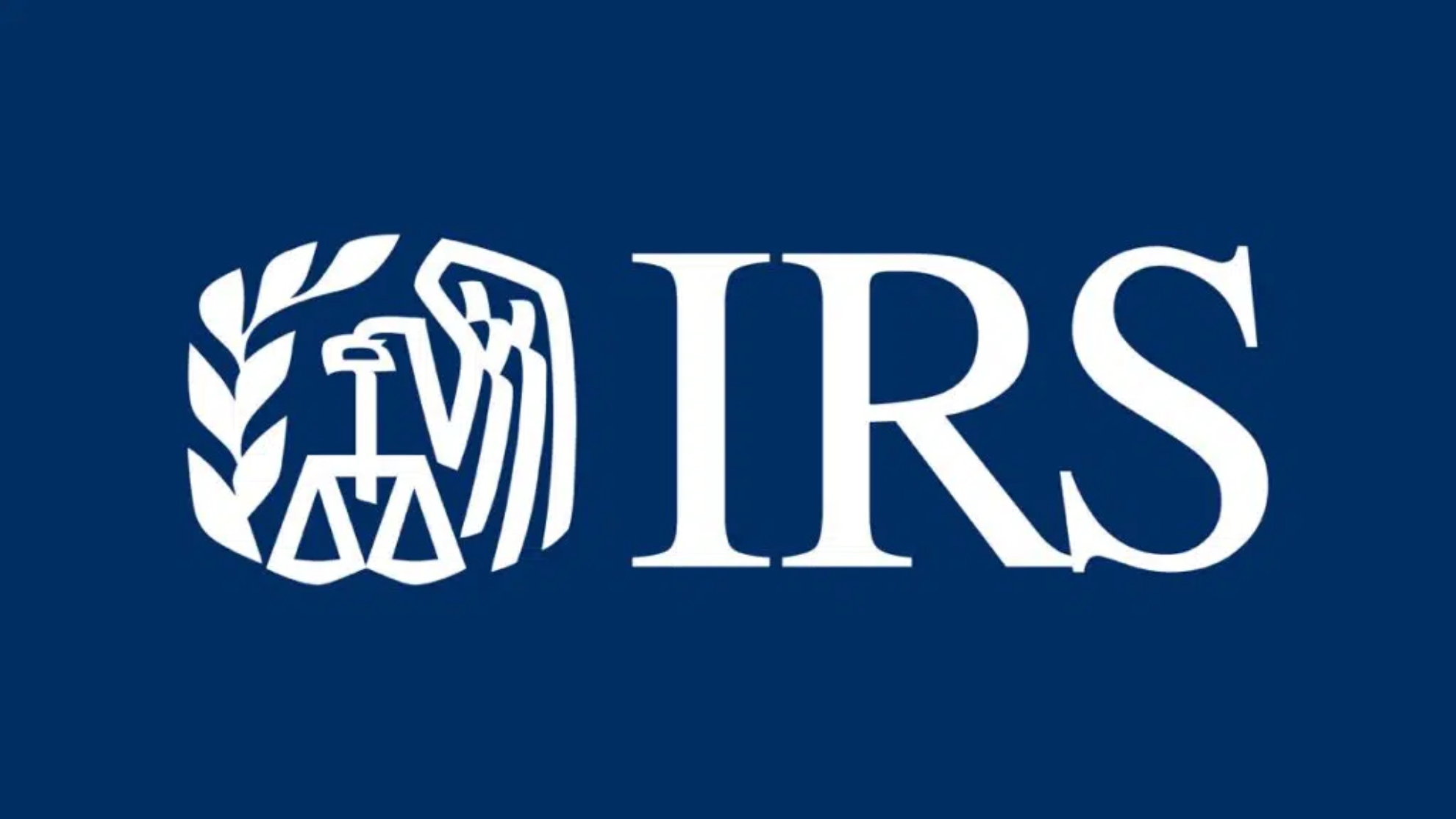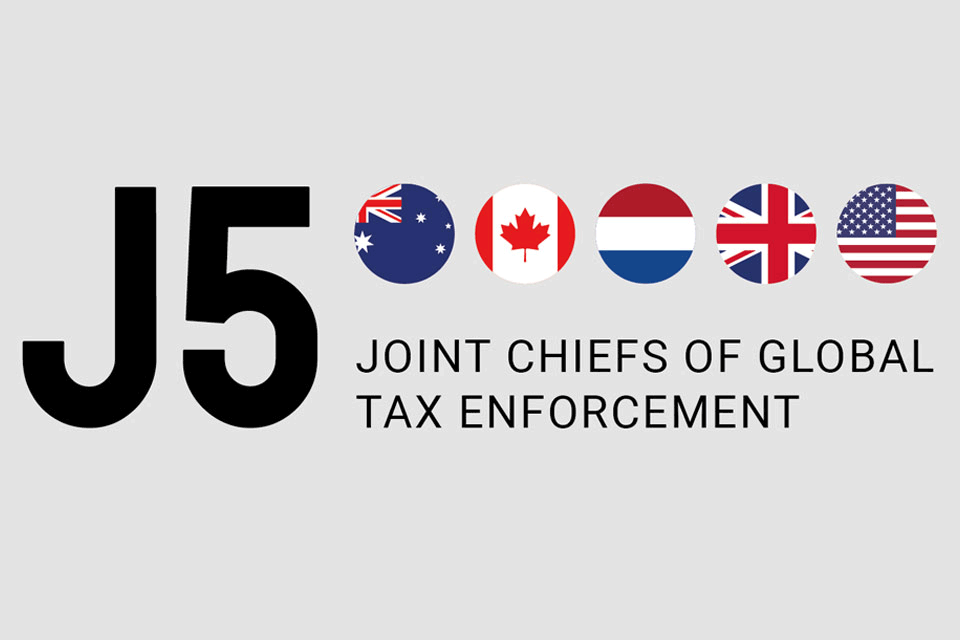The US Internal Revenue Service (IRS) has released an updated practice unit on inventory valuation methods, specifically addressing the Lower of Cost or Market (LCM) approach.
The practice unit’s general overview comprises the following:
There are two tests under IRC 471 that each taxpayer’s inventory must satisfy:
- It must conform as nearly as may be to the best accounting practice in the trade or business of the taxpayer, and
- It must clearly reflect income.
Any taxpayer whose income producing factors are producing, purchasing, or selling of merchandise must take inventory at the beginning and ending of the taxable year to correctly reflect income, unless the taxpayer is a small business taxpayer.
The Tax Cuts and Jobs Act (TCJA) of 2017 raised the gross receipts applicable for the small business taxpayer exception in IRC 471(c). For tax years beginning after 12/31/2017, a small business taxpayer who has average annual gross receipts of $25 million or less (indexed for inflation) for the three prior tax years and who is not a tax shelter (as defined under IRC 448(d)(3)) is not required to account for inventories.
There are two inventory valuation methods under IRC 471 that a taxpayer may choose to use:
- Cost, and
- Cost or market, whichever is lower.
IRC 471 states that the inventory method should be within the scope of the best accounting practice of the taxpayer’s trade or business and must be applied consistently from year to year.















